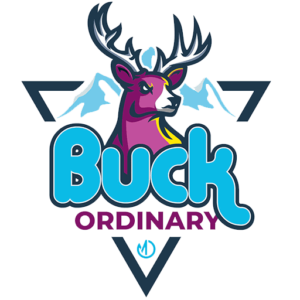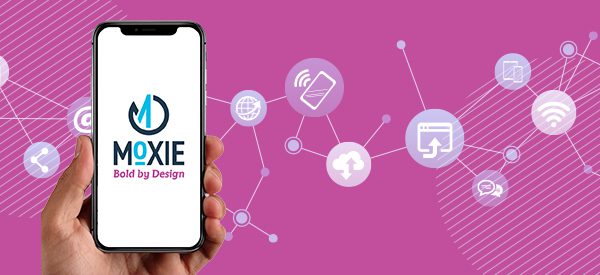Does your business have a content marketing strategy? Creating and distributing content in a planned and purposeful way can pay off exponentially for many businesses. If you haven’t begun to explore how content can work for you, now is a perfect time. More time at home + more time online = more eyeballs on your content.
When you create content that’s valuable to your customers and prospects, you begin building relationships. B2B brands with solid content programs attest to their ability to create brand awareness, educate their audience and build trust. Beyond simple advertising, content marketing helps you deliver value to customers and prospects independently of any sale. It’s relational, rather than transactional.
It can be easy to start a content marketing program for your business. First, you need some content. Content can be long-form (at least 1,000 words, usually more) or short-form, depending on your goals and objectives. Which type of content you choose depends on several factors. Where is the customer or prospect in their buying cycle? How detailed is the information you’re sharing? What is your end goal or call to action? For most businesses, your overall marketing strategy will include a mix of both long- and short-form content. Each type has pros and cons and different uses.
Long-form content
Long content takes time and resources to create, but with the mileage you can get out of a single piece, it’s worth the investment. Well-researched, professionally written and designed pieces establish your business as a voice of authority and a thought leader. They offer an opportunity to explore and explain complicated ideas, which not only helps inform and educate your audience, it also positions your business as a trusted industry resource. For B2B companies with longer buying cycles, long-form content can pave the road into the journey.
Long content is also a better vehicle for keywords and links and therefore helps your search results. But the coolest thing about long-form content is the ability to repurpose and reuse it as short-form content.
Examples include:
- Video (long)
- Blog (long post)
- Ebook
- Case statement
- Annual report
- White paper
- Tutorial
- How-to guide
- Article (long)
- Website
- Survey report
- Branding guide
- Podcast
Short-form content
In our short-attention span, social-media-saturated world, short content offers a lot of advantages. It’s easy to understand and imminently shareable. It’s faster and less expensive to create, and has the power to capture attention and imagination. Best of all, once you create a long piece, you can repurpose it into a variety of short-form pieces for different uses. Examples include:
- Video clip or short
- Blog (short post)
- Social media post
- Brief/one-pager
- Brochure
- Infographic
- List
- Checklist
- Case study/spotlight
- Microsite/landing page
Once you have great content to share, you can build a distribution strategy to meet your objectives. Whether you’re spreading awareness of your brand or trying to boost sales, content has power. How can you put content marketing to work for your business? Moxie can help. Give us a call to learn more.






